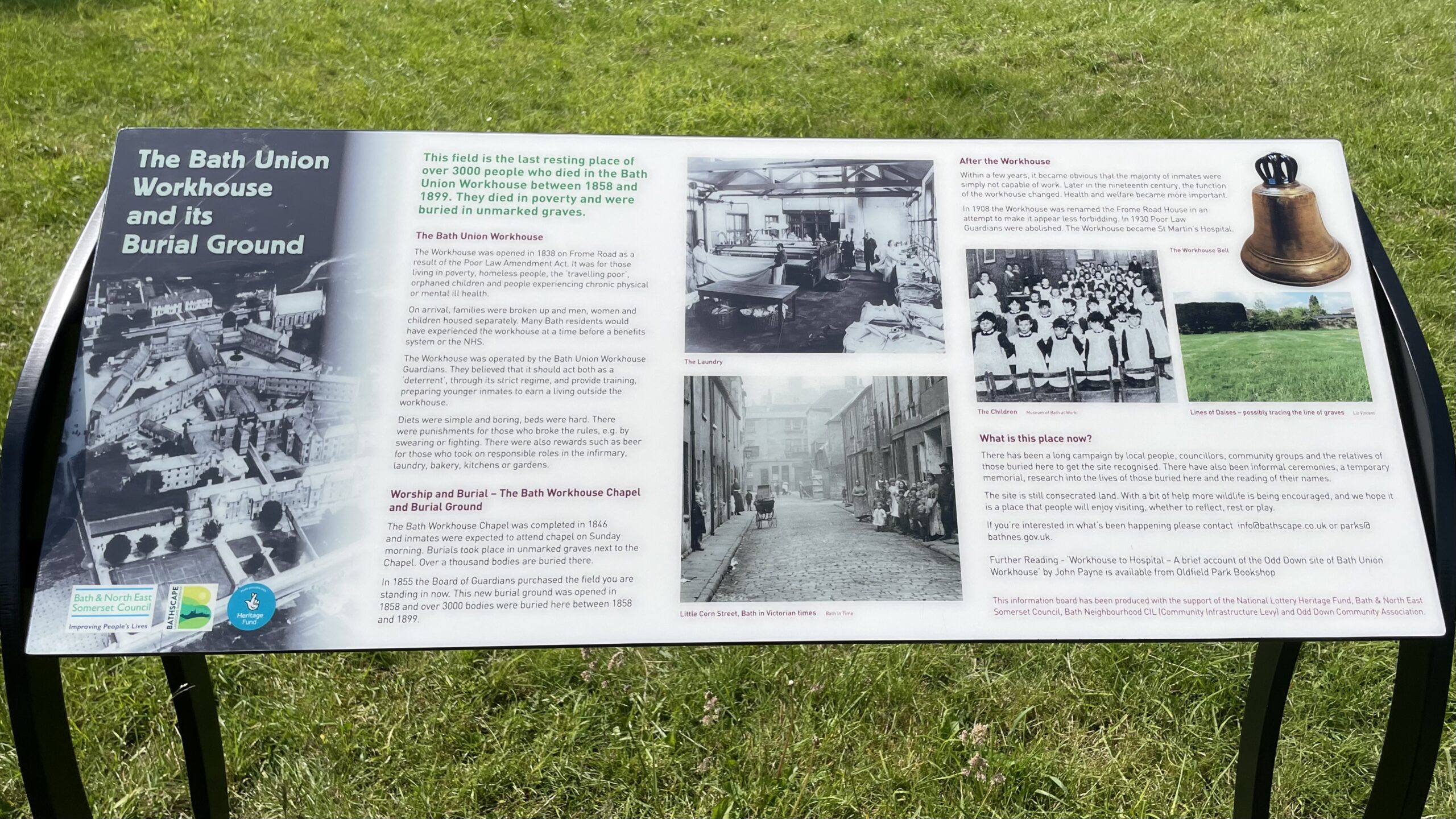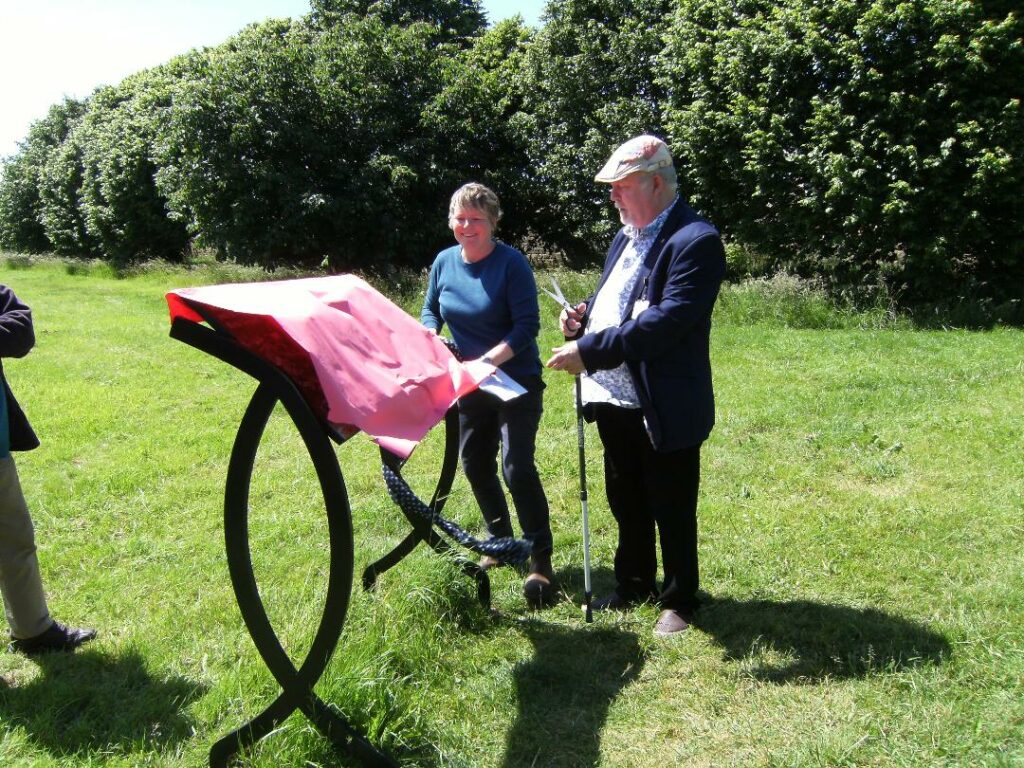
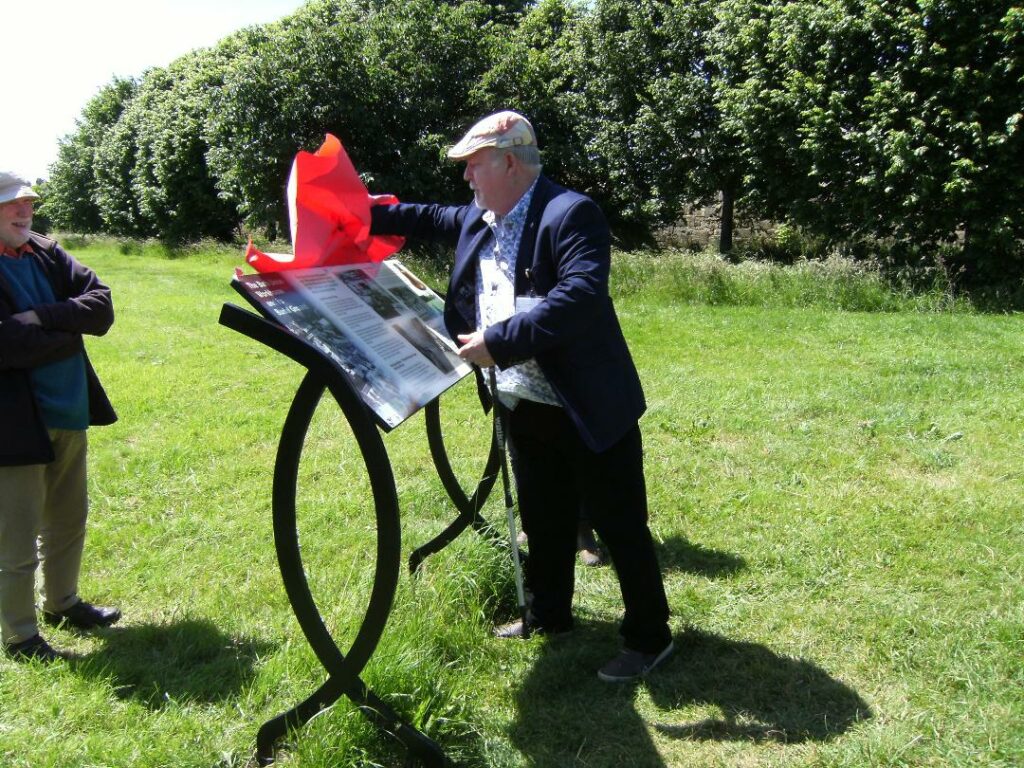
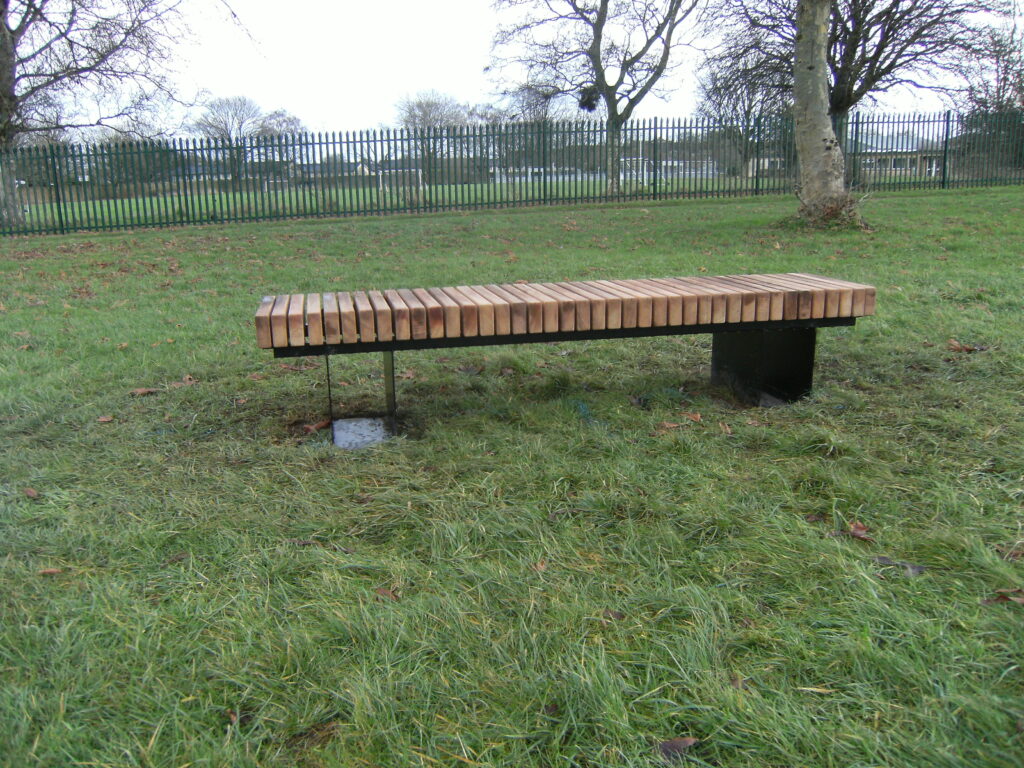
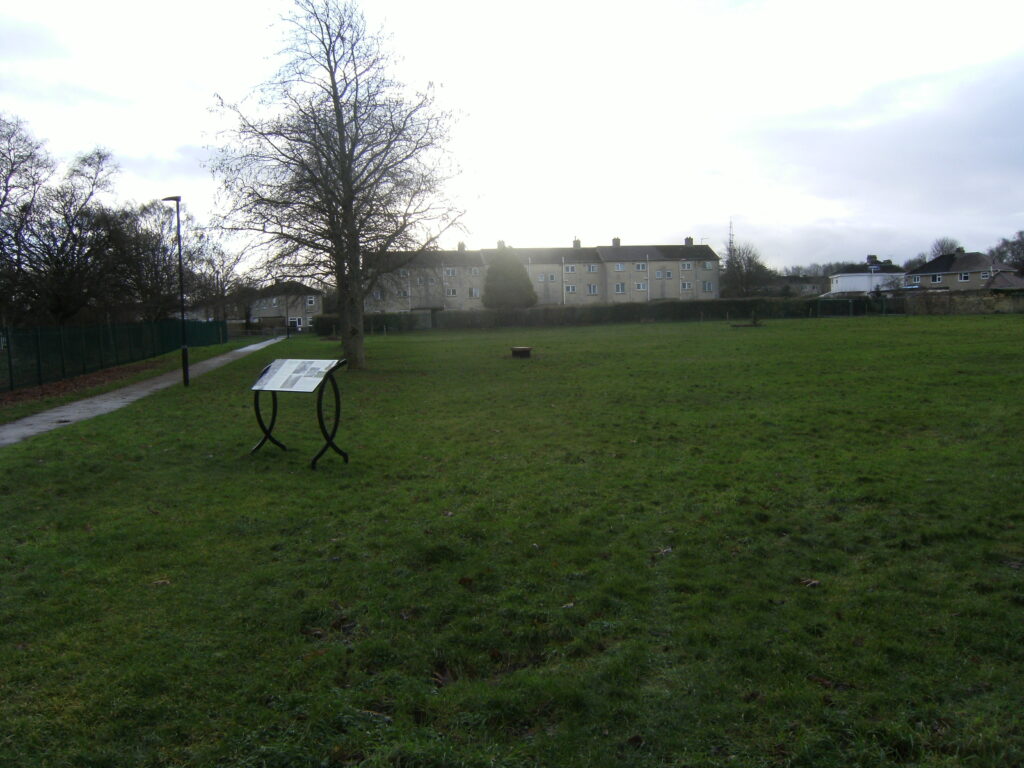
Odd Down is a suburb located in the south-western part of Bath, a city in Somerset, England. The area is home to a number of historic sites, including the Odd Down Workhouse and the adjacent burial ground.
The Odd Down Workhouse was built in the early 18th century as a place for the poor to seek refuge and work in exchange for food and shelter. The workhouse was a harsh and unforgiving place, where inmates were subjected to strict rules and long hours of hard labour. Many of the people who were admitted to the workhouse were destitute and had no other means of survival.
The workhouse was in operation for over a century, and during that time, many of its inmates died and were buried in the adjacent burial ground. The burial ground was used exclusively for the workhouse inmates, and it is estimated that over 3,000 people were buried there.
The burial ground was originally unmarked, and the graves were simply identified by wooden markers that have since rotted away. However, in the late 1990s, a local historian, Brian Davenport, began a project to map out the graves and identify as many of the people buried there as possible.
Davenport’s project involved a meticulous survey of the burial ground, using ground-penetrating radar to locate the graves and record their positions. He also spent countless hours poring over historical records to try and piece together the identities of the people buried there.
Through his research, Davenport was able to identify many of the people buried in the Odd Down Workhouse Burial Ground. He discovered that many of them were children who had died from diseases like smallpox and typhoid fever, which were rampant in the cramped and unsanitary conditions of the workhouse.
Davenport’s work has helped to bring attention to the plight of the people who were forced to live and work in the Odd Down Workhouse. His efforts have also ensured that the burial ground is now recognized as an important historical site, and efforts have been made to preserve and protect it for future generations.
Today, visitors to the Odd Down Workhouse Burial Ground can pay their respects to the people who were buried there and learn more about the history of the workhouse and the people who lived and died within its walls. The site serves as a poignant reminder of the harsh realities of life for the poor in 18th and 19th century England, and the resilience and strength of the people who were forced to endure such conditions.
Brian Davenport is a local historian who has dedicated many years to researching and documenting the history of the Odd Down Workhouse Burial Ground in Bath, England. He is a retired architect who became interested in the history of the workhouse and the people buried in its adjacent burial ground while working on a project to restore a nearby 18th-century farmhouse.
Davenport’s interest in the Odd Down Workhouse Burial Ground led him to begin a project in the late 1990s to map out the graves and identify as many of the people buried there as possible. He used ground-penetrating radar to locate the graves and recorded their positions, and he spent countless hours poring over historical records to try and piece together the identities of the people buried there.
Through his research, Davenport was able to identify many of the people buried in the burial ground, including children who had died from diseases like smallpox and typhoid fever, as well as adults who had been inmates of the workhouse. His work has helped to shed light on the lives and experiences of the people who were forced to live and work in the workhouse, and it has brought attention to the plight of the poor in 18th and 19th century England.
Davenport’s efforts have been recognized and celebrated by the local community, and he has been invited to give talks and presentations about his research to various historical societies and organizations. His work has also been featured in local media, including newspapers and television programs.
Overall, Brian Davenport’s dedication and passion for uncovering the history of the Odd Down Workhouse Burial Ground has helped to preserve and protect this important historical site, and it has helped to ensure that the stories of the people buried there are not forgotten.
